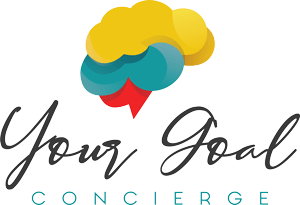The Hidden Cost of ‘Always On’: How CEO Burnout Harms Mental Health and Leadership
Erica Kesse
The “always-on” culture glorifies constant availability, but for CEOs, it’s a recipe for burnout. This mindset creates mental health challenges that ripple across organizations, undermining leadership and performance. This post uncovers the hidden costs of being always on and offers solutions to protect CEO mental health.
The High Cost of ‘Always On’
The World Health Organization estimates burnout costs the global economy $1 trillion annually in lost productivity. For CEOs, the stakes are higher: a 2024 Mind Share Partners study found that 60% of executives reported mental health struggles due to unrelenting work demands. This leads to poor decision-making, reduced creativity, and disengaged teams, as burned-out leaders struggle to inspire.
The Ripple Effect on Teams
When CEOs neglect boundaries, teams follow suit. A 2023 Gallup study showed that high-stress leadership correlates with 40% higher employee turnover. This not only disrupts operations but also increases recruitment costs, averaging $4,700 per hire (SHRM, 2024).
Strategies to Break the ‘Always On’ Cycle
- Time-Block Your Day: Reserve uninterrupted time for strategic thinking and personal well-being.
- Set Communication Expectations: Inform your team when you’re unavailable, normalizing downtime.
- Prioritize Self-Care: Incorporate exercise or mindfulness into your routine. A 2022 Journal of Occupational Health study found that 20 minutes of daily mindfulness reduced executive stress by 30%.
- Seek Support: Engage a coach or therapist to navigate mental health challenges confidentially.
The “always-on” mindset undermines CEO mental health and leadership effectiveness. By prioritizing boundaries and self-care, you protect your well-being and set a powerful example for your team. Take one step today—like scheduling a no-meeting day—to reclaim balance.



